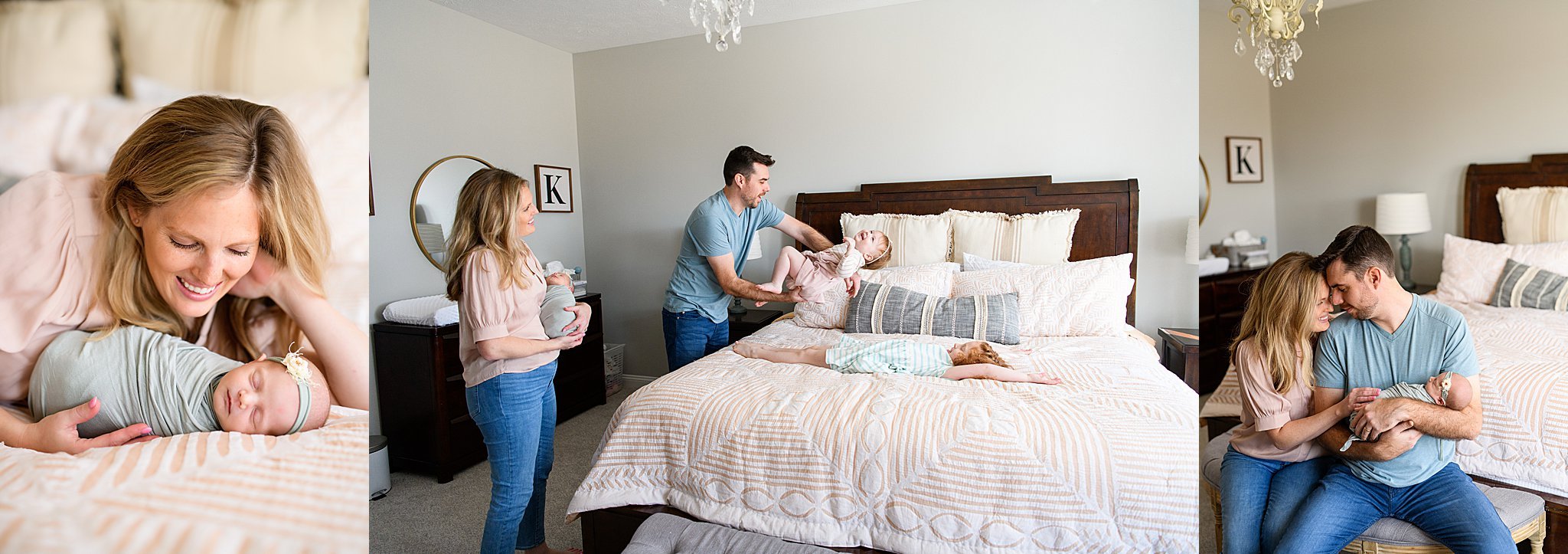You’re engaged and now you have a long list of things TO DO to prepare for your big day. One of those important tasks to do is to make a timeline for your wedding day.
After wedding couples book me as their wedding photographer, we plan to meet together about a 2-3 weeks prior to their wedding date to discuss final timeline details. At this meeting we discuss not only the wedding day timeline, but important must take photos for the couple, confirm details, and answer any questions that may come up. The following are tips on how to create the timeline for your wedding.
1. Start with the ceremony
The ceremony start time is a set time to work your timeline around. From that time, you can put a 30-45 minute block prior to the start time where everyone is hidden until the ceremony. This time allows for the bride and groom to touch up makeup, relax, grab a snack, use the restroom, and prepare for their ceremony.
2. Determine if you will see each other prior to walking down the aisle
I typically recommend seeing each other prior to the ceremony. This can allow you both to get the butterflies/jitters out and feel more comfortable. In addition, it’s better to get photos of the two of you while your hair and makeup are fresh. Lastly, this allows for most of the photos to be taken prior to the ceremony which then allows you to relax and enjoy being married after you say your vows. If you are going to see each other before, plan to have a “First Look” with each other. I always recommend this be done just the two of you alone. No spectators besides the videographer and the photographer. This is a special moment that is perfect for just the two of you.
If you do not plan to see each other, make sure there are separate times on the timeline where you are getting photographs done prior to the ceremony with your bridesmaids or groomsmen. And, you need to make sure there is plenty of time between the ceremony and the reception to take all formal family photos, whole wedding party photos, and the photos of just the two of you.
3. Dismissing guests from the ceremony
Your ceremony length should be known ahead of time. If you are Catholic, the ceremony typically lasts about an hour. Once you know the length of the ceremony you need to determine if you are planning on dismissing pews yourself, having a receiving line, or just allow ushers to release your guests from the pews. Note: If you are planning a receiving line, you must take into consideration how long it might take to get through your total number of guests. Dismissing 200 guests could potentially take 45 minutes. Having ushers release your guests will take the shortest amount of time.
4. Formal Family Photos
These photos can be taken prior to the ceremony or directly after the ceremony. Having a list of names for every single group to be taken is wonderful for the photographer to have. I use this list to call out names of individuals in each photo and check off the photos taken as we go through the list. I typically account for formal family photos to take about 30 minutes. Make sure that all members of your family who you plan on being in the photos arrive at least 10 minutes before these photos are scheduled.
5. Determine schedule for your reception
Your reception time should also be a set in stone time. When you have that in the timeline, you can determine if any photos should or could be taken between the ceremony and the reception. The reception schedule should be discussed with the venue coordinator, the DJ, the videographer, and the photographer. Plan an order of events and how long each of those will take. This list should include entrance/announcement time, any speeches, the blessing of the meal, dinner, cake cutting, toasts, first dances, extra dances(ie. generation dance), bouquet/garter toss, and exit(ie. sparkler exit).
If possible, allow time for the photographer to photograph the venue and reception area before your guests arrive to the venue. This allows the photographer to get photos of the details of the reception and the whole room set up before anyone enters. It also gives the photographer time to set up lighting and prepare for the reception.
6. Arrival of photographer at beginning of wedding day
After you have determined your reception timeline, you can review how many hours you have for your wedding day photography. Then, determine what time your photographer can arrive. I take all of the wedding day detail photos at the beginning of the wedding day and allow about 45 minutes for those photos. Next, schedule in the time for getting ready photos, stepping into the dress, etc.
Having a written out timeline also confirms when your vendors need to be there and when they are finished. You can also hand out a simpler form of the timeline to your wedding party and important family members so they know how the day plans to flow as well.
I hope this information helps you create and perfectly flowing timeline for your wedding day. If you would like more information on booking me to photograph your wedding, please contact me here or email me at hello@jenndavisphoto.com.
I look forward to hearing from you!
With love, Jennnifer







































